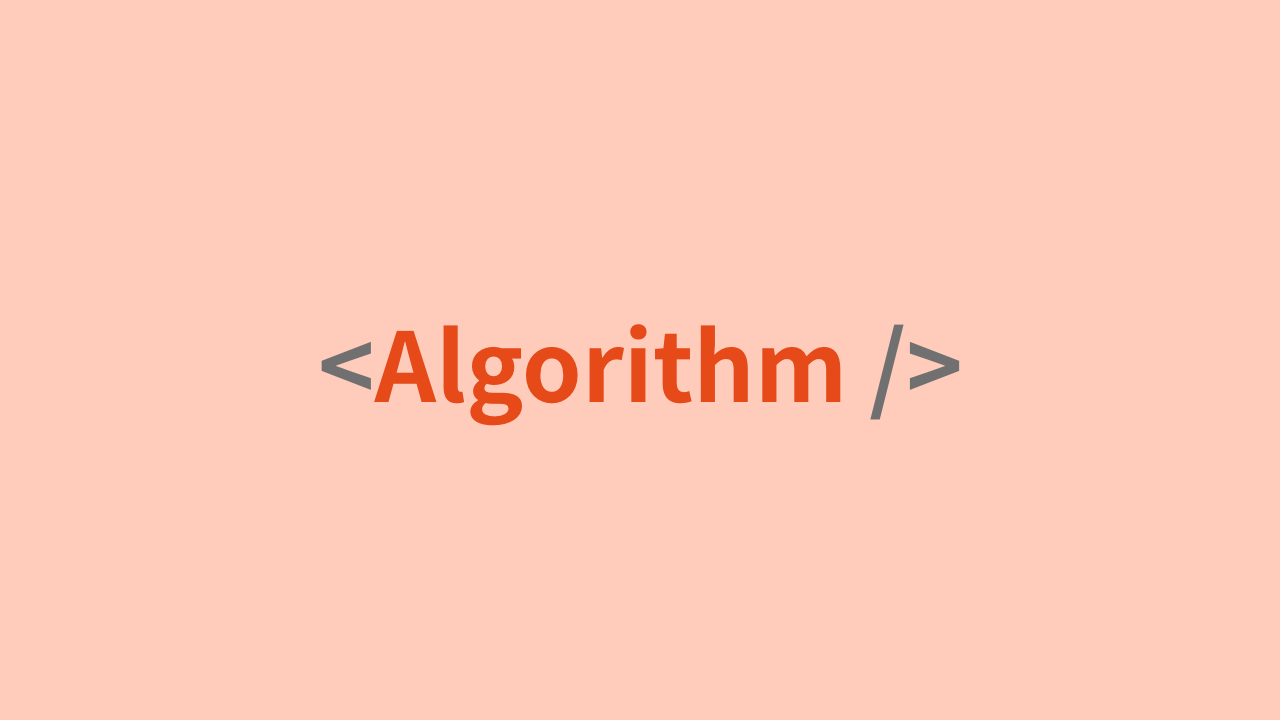
충족 가능성 문제란 여러 개의 boolean 변수들로 이루어진 표현식에서, 각 변수의 값을 true, false 중 하나로 설정하여 전체 식의 결과를 true로 만들 수 있는지 확인하는 문제입니다.
( x || y ) && ( !y || z ) && ( x || !z ) && ( z || y )
표현식은 괄호로 분리된 이중 구조를 가지고 있습니다. 괄호 안쪽으로는 두 변수 혹은 NOT 변수들과 OR 연산으로 이루어져 있고, 바깥엔 AND 연산이 있습니다.
이때 괄호 단위를 절(Clause)이라 하며, 이렇게 절의 AND 연산으로만 표현된 식의 형태를 CNF(Conjunctive Normal Form)라고 합니다.
각 절이 모두 true여야만 전체식도 true가 될 것이고, 따라서 각 절의 변수들 중 하나라도 true가 되도록 만드는 것이 문제를 푸는 방향입니다. 이때 각 절의 변수 개수가 최대 2개인 경우를 2-SAT이라고 합니다.
const fs = require("fs");
const input = fs.readFileSync("/dev/stdin", "utf8").trim().split("\n");
function solution() {
const { n, sections, variableCount } = parseInput();
const { connection, reverseConnection } = makeConnection(sections, variableCount);
const topologicalSort = makeTopologicalSort(connection, variableCount);
const group = decideGroup(reverseConnection, topologicalSort, variableCount);
const res = validateResult(n, group);
printResult(res);
}
function parseInput() {
const [n, m] = input[0].split(" ").map(Number);
const sections = input.slice(1, 1 + m).map((line) => line.split(" ").map(Number));
const variableCount = (n << 1) + 1;
return { n, m, sections, variableCount };
}
function makeConnection(sections, variableCount) {
const connection = Array.from({ length: variableCount + 1 }, () => []);
const reverseConnection = Array.from({ length: variableCount + 1 }, () => []);
sections.forEach(([a, b]) => {
a = a > 0 ? toTrue(a) : toFalse(-a);
b = b > 0 ? toTrue(b) : toFalse(-b);
connection[not(a)].push(b);
connection[not(b)].push(a);
reverseConnection[b].push(not(a));
reverseConnection[a].push(not(b));
});
return { connection, reverseConnection };
}
function not(variable) {
return variable ^ 1;
}
function toTrue(variable) {
return variable << 1;
}
function toFalse(variable) {
return (variable << 1) | 1;
}
function makeTopologicalSort(connection, variableCount) {
const visit = Array(variableCount + 1);
const topologicalSort = [];
for (let variable = 2; variable <= variableCount; variable += 1) {
if (!visit[variable]) {
makeTopologicalSortUnit(variable, visit, topologicalSort, connection);
}
}
return topologicalSort;
}
function makeTopologicalSortUnit(current, visit, topologicalSort, connection) {
visit[current] = true;
connection[current].forEach((next) => {
if (!visit[next]) {
makeTopologicalSortUnit(next, visit, topologicalSort, connection);
}
});
topologicalSort.push(current);
}
function decideGroup(reverseConnection, topologicalSort, variableCount) {
const group = Array(variableCount + 1);
for (let i = topologicalSort.length - 1; i >= 0; i -= 1) {
const variable = topologicalSort[i];
if (group[variable] === undefined) {
decideGroupUnit(variable, i, group, reverseConnection);
}
}
return group;
}
function decideGroupUnit(current, id, group, reverseConnection) {
group[current] = id;
reverseConnection[current].forEach((next) => {
if (group[next] === undefined) {
decideGroupUnit(next, id, group, reverseConnection);
}
});
}
function validateResult(n, group) {
for (let num = 1; num <= n; num += 1) {
const numTrue = toTrue(num);
const numFalse = toFalse(num);
if (group[numTrue] === group[numFalse]) {
return false;
}
}
return true;
}
function printResult(res) {
console.log(res ? 1 : 0);
}
solution();